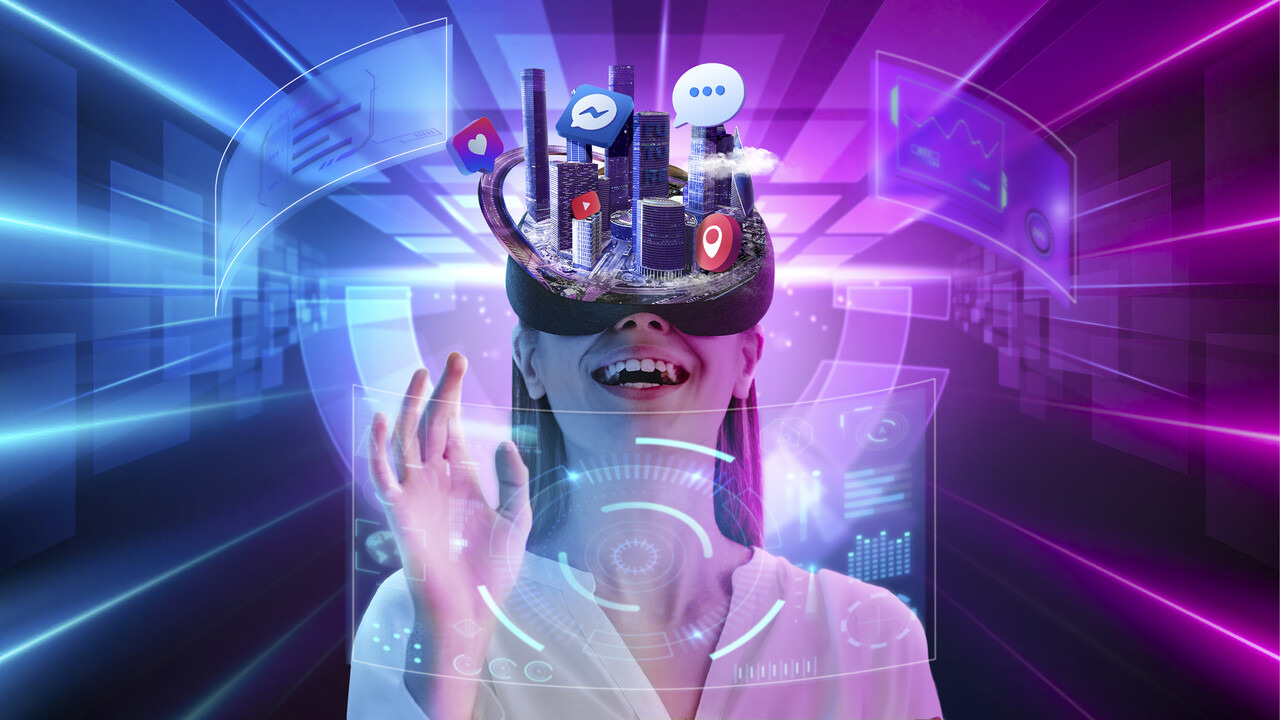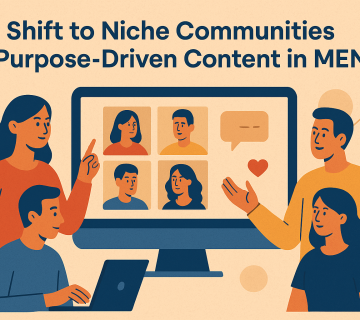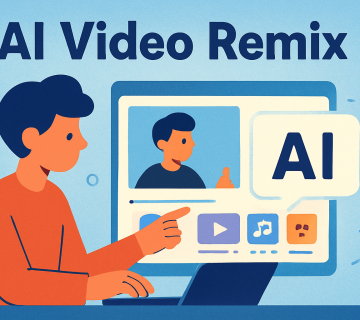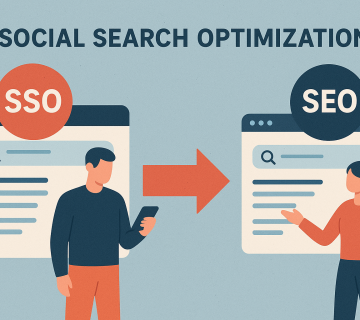As technologies like augmented reality (AR) and virtual reality (VR) become more accessible and refined, we can expect immersive experiences to play an increasingly important role in the future of social media. Platforms are already beginning to integrate AR and VR features that offer users more immersive ways to connect, create and consume content. This trend looks poised to continue and grow in 2023 and beyond.
AR technologies utilize layers of computer-generated images
They appear on top of the real physical environment, as viewed through your device’s camera or special hardware. AR actively allows overlaying interactive digital objects and information onto real world surroundings in real time. Popular uses currently include face filters, virtual stickers and even increasingly complex applications.
VR involves using headsets
To simulate an entirely virtual environment and fully immerse users within computer-generated worlds. VR headsets physically obscure the real world in favor of completely digital spaces that users can navigate and explore from the first-person perspective. This enables truly 360-degree experiences and spatial interaction.
Right now, mainstream social platforms are primarily incorporating simple AR features primarily targeted at visual self-expression and entertainment. Applications like Instagram face filters, Snapchat lenses and TikTok’s 3D augmented reality effects enable complex overlays active during video chats or for posting content. Such filters actively prove highly engaging and provide a taste of the immersive potential ahead.
In addition, some platforms are beginning to incorporate more complex AR and VR experiences.
Snapchat, for example, has created multi-player AR games users can play together within the app, as well as virtual museums and experiences its users can explore in AR. Also, Facebook has additionally been aggressively investing in VR hardware and software to fuel an immersive social future.
Perhaps most notably, emerging platforms have centered around providing more fully immersive social experiences from day one. Spatial serves as one example of a VR social app where users interact as digital avatars within virtual rooms and environments instead of through a 2D feed. Also, Digital embodiments remove barriers like age, appearance and geographic location – potentially enabling more authentic human connections.
Ultimately, as AR and VR technologies become more accessible to the average user through both hardware advancements and software integration, social media companies will actively seek ways to utilize the uniqueness of these immersive experiences to improve and differentiate their offerings.




